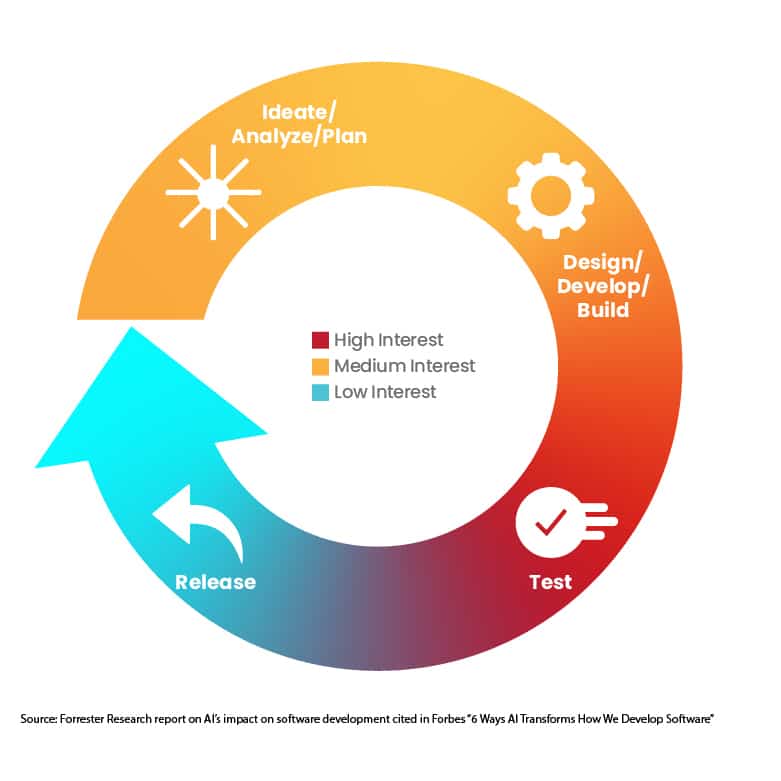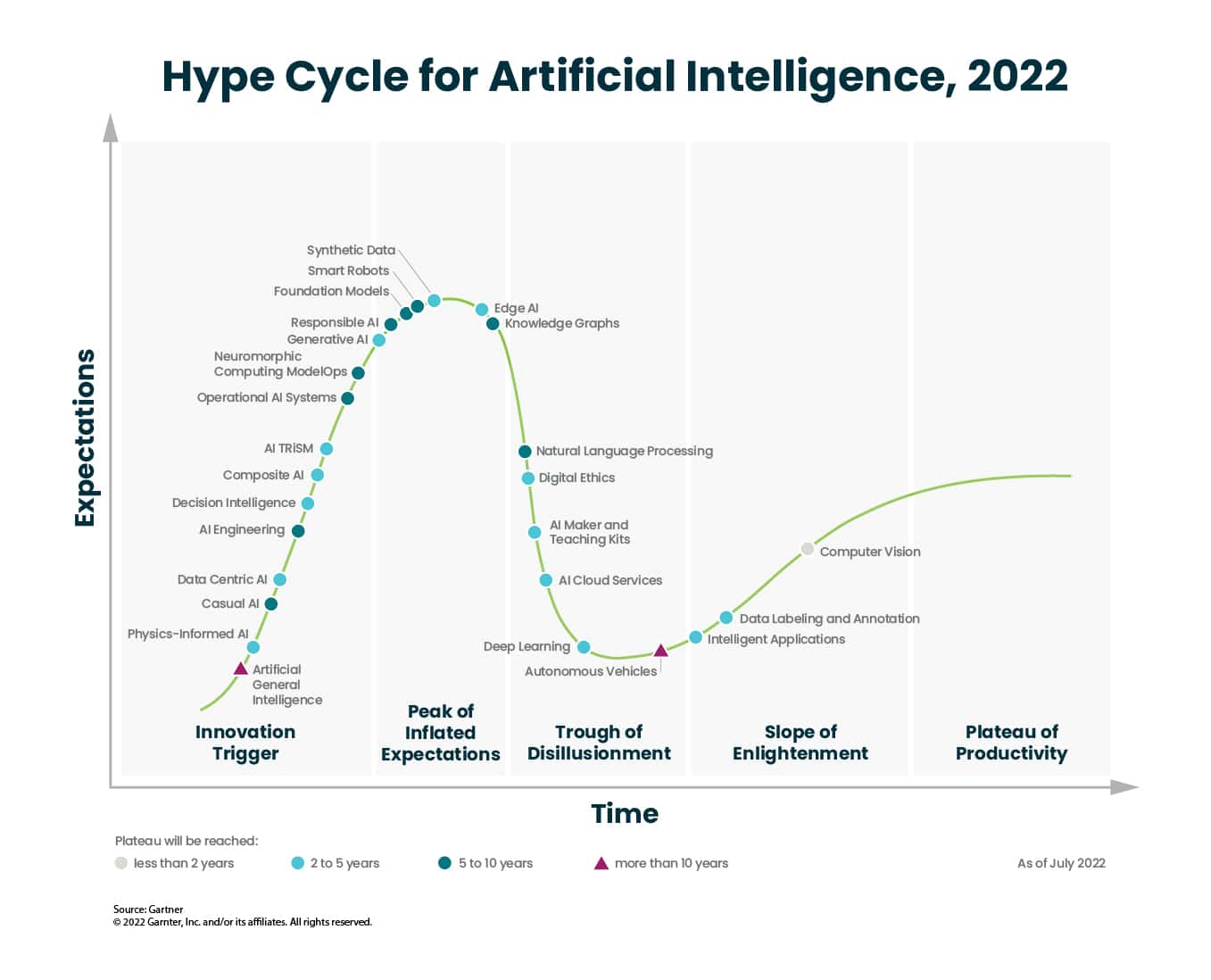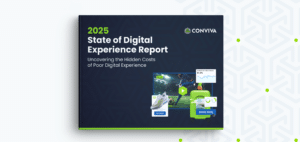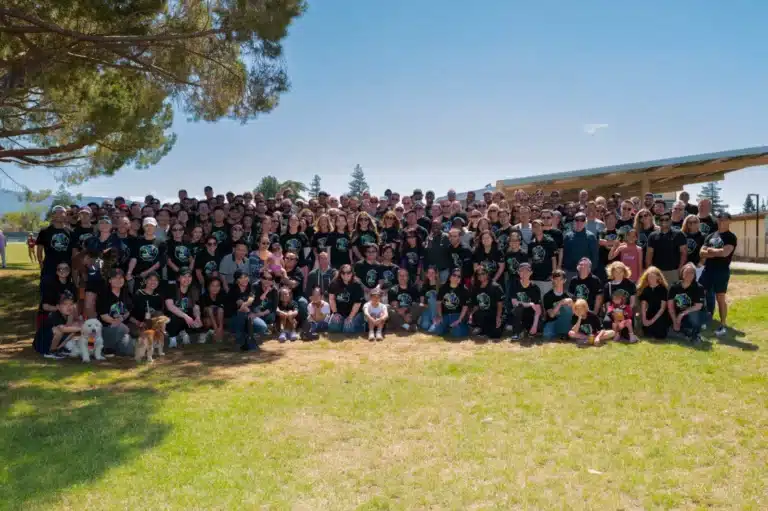It’s all about AI automation these days. With that in mind, it might surprise you to learn how few are using this technology at a scale that makes any difference.
Now, granted, some applications might not be as practical as others. You’re in luck, though: One of the reasons this technology exists is to process massive data sets. The information coming from your streaming video audience definitely qualifies as big data.
AI-driven automation can make a huge positive impact when analyzing something like your audience data stream. You’ll find that getting agile, every-client, every-minute analytics is more than just possible — it’s a much more practical framework than any traditional method you’ve been using.
Key takeaways:
-
- AI gives near-instant insights that could take human teams hours to provide.
- Automation and purpose-built AI tools eliminate many needs for hard coding.
- These tools can empower your strongest team members and let your organization run lean.
- Decision support from AI helps uncover issues faster and make more efficient responses.
Using AI Automation To Stand Above the Competition
Is your competition using AI automation? You might get an advantage just by being able to implement this business-ready tool at scale — chances are that you’d be among the leaders. It’s the same as any other type of technology. Imagine switching to email while the other players in your market were still using the postal service.
However, to get the full advantage you must use a tool to its maximum potential. Just having AI-powered analysis running on your stream isn’t enough to beat anyone. You need something like Conviva’s Video AI Alerts to get actionable information.
Super-Powering Ops Responses
Actionable is the key concept when it comes to your ops responses. AI-backed analytics need to happen now — not in a couple of minutes, and definitely not tomorrow. You need insight that is:
- Census-level (measurements from all active clients)
- Real-time (collecting and processing with sub-60-second latency)
- Flexible (ability to introduce new queries at will)
An example of the type of in-the-moment fix you might need to perform is switching networks in response to service degradation. Network volatility might not even last a full hour, much less the amount of time it would take for traditional processes to run queries, crunch data, and make it through even an efficient corporate communication structure. During that whole time, you’re losing audience members.
AI lets you put the right information in front of the right people at the right time. Without it, you’re either wasting time sleuthing out the root cause of a transient issue or spending way too much money (and probably causing other problems) with disproportionate responses. Neither of those reactions are going to make your business competitive.
Supporting Service Optimization and Development
Another way you stay competitive is by consistently improving your service. The guiding light, of course, is optimizing quality of experience — and QoE measurement is one place where AI automation truly shines.

If you want to be reductive, QoE isn’t that complex. Buffering equals bad. However, that’s the type of anecdotal analysis that leads companies right to the bottom of the market.
QoE is actually one of the most complicated things you can measure as a streaming publisher. It’s a mixture of video quality, app experience, third-party service performance, and end-user device capability, among other points. If you want to optimize efficiently, you have to tease out the exact metric that affects your ability to meet your business objective and analyze all of your data to determine the root cause of any issues.
AI takes all of these multiple factors and constantly compares them to norms across your service and across the industry. You get actionable information to help you along your roadmap without having to wade through unending reports or make potentially disastrous guesses.
Reducing the Need for Hard-Coding
One of the potentially most attractive aspects of AI for a CTO or VP is to reduce the need for analytics customization. While you might personally love to work on a low level with systems, there are many disadvantages of doing it on an organizational level:
- Higher payroll costs
- Challenges in finding qualified technicians
- Longer lead times for answering new questions
- Astronomical maintenance costs for code bases, especially when standards are loose
- Less value in terms of M&A (harder to migrate/integrate highly customized systems)
AI automation lets you prioritize configuration over customization. These systems already do everything you want — all you have to do is tell them what you need. That lets you focus on people: your team and your audience.
Forming a Tighter Team
Any form of automation makes work easier. That translates to being able to pick and choose the functions you want humans to perform.
In other words, AI decision support and analysis lets you put together your dream team. This is more than hype, and you’re still ahead of the curve; these tools are projected for widespread adoption within the next few years.

Since you don’t have as many people involved in things like writing your tests, queries, or even scripts, AI automation also helps you tighten up your team. You can make staffing decisions based on:
- Unique insights people bring to streaming in your specific market
- The cultural fit with your team
- Decision-making and other soft skills
AI levels the technical playing field. It lets you choose people based on more than just their ability to pump out reams of code quickly and with relatively few errors.
You can form the type of team that will react well to unexpected situations, meet objectives faster, and better align with the overall culture of your organization. Plus — and although this is off the topic of streaming analytics — AI might even help you choose a better team in the first place.
AI Automation Is Available Right Now
In the VoD and live broadcasting industry, AI is not some fun science fiction concept. It is a mature business tool, and your biggest competitors are making the most of it. This is the sign you’ve been looking for: It’s time to implement this technology at scale. Check out our audience experience insights or request a demo.





